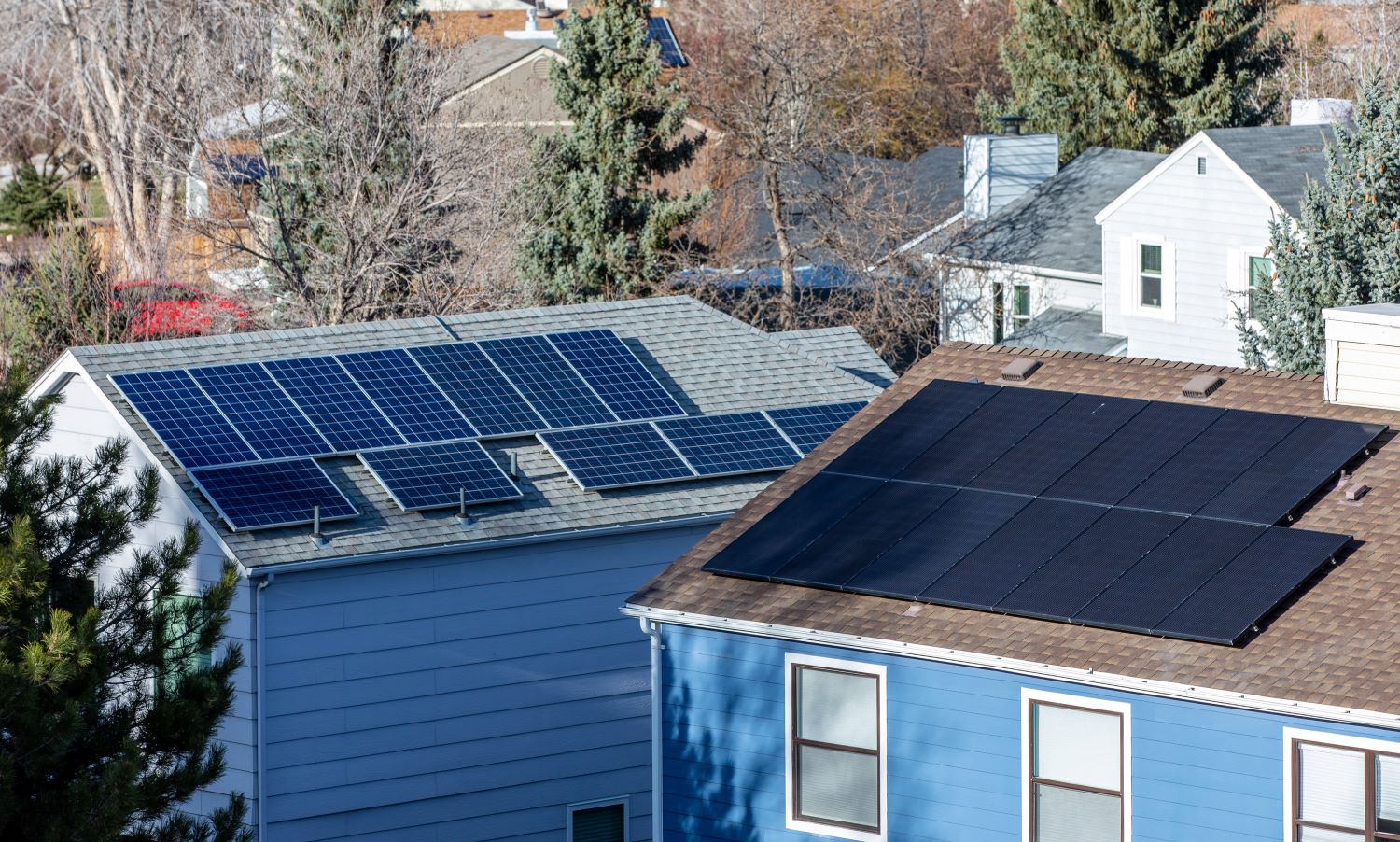Net-zero, 100% renewable or clean:
With so many energy targets out there, what should we really be aiming for?
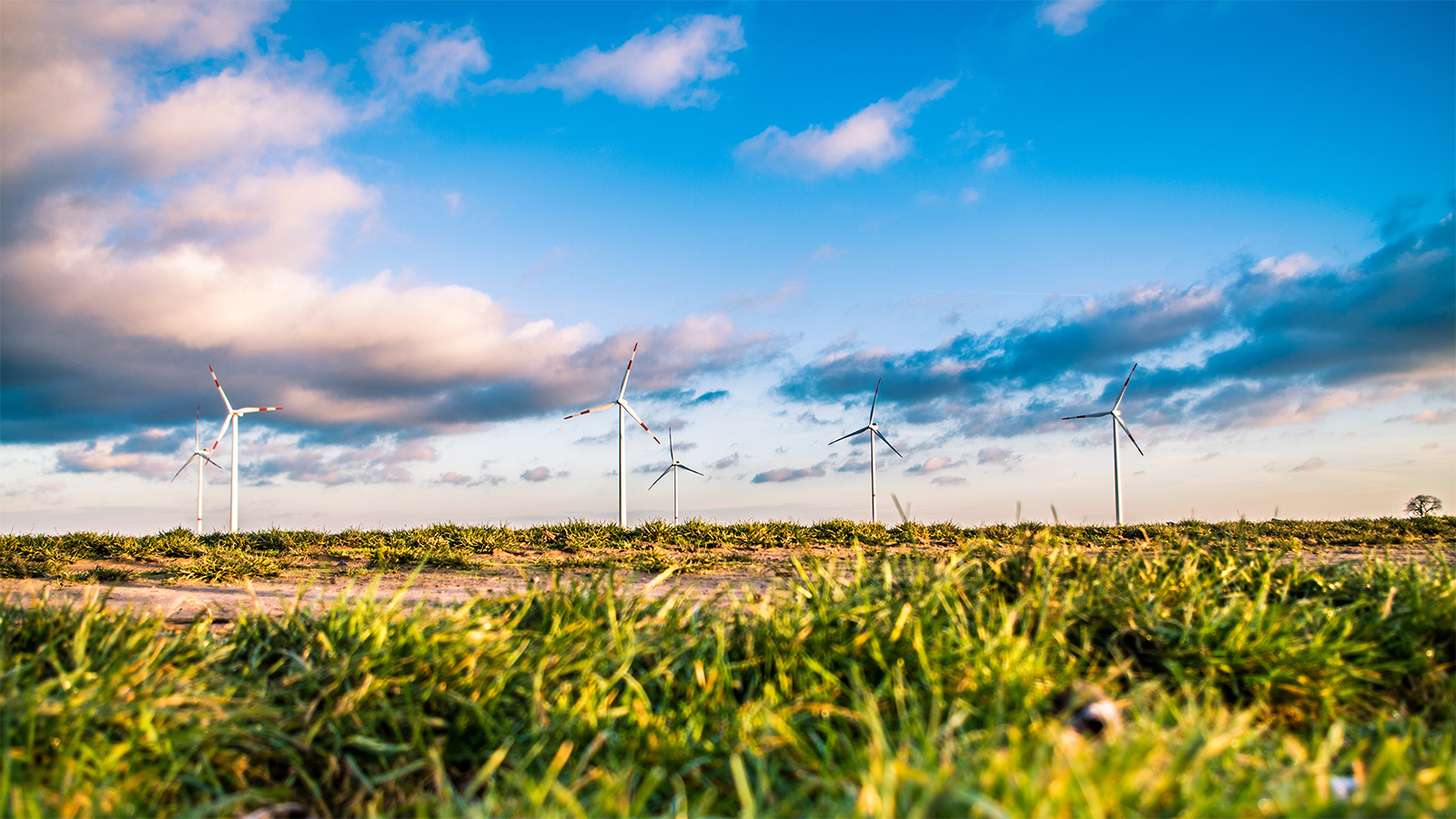
In August, Louisiana Gov. John Bel Edwards established a statewide goal of net-zero carbon emissions by midcentury. His executive order represents Louisiana’s first state-level target for reducing greenhouse gas emissions, and that is undoubtedly an historic step in the right direction and worthy of applause. Unsurprisingly, environmental advocates throughout the community, myself included, have shown their support.
That said, Gov. Edwards’ commitment is also the latest addition to a long-standing debate around an important question: What goal is actually best for reshaping our energy system toward a cleaner, healthier future?
It’s well-established that we must transform the way we produce and consume energy. Mining and burning fossil fuels — which continue to supply the majority of our energy in the U.S. — destroys wild places and pollutes our air, water and climate. And the impacts of our energy system are being felt here and now, as extreme heat and intensifying wildfires rage in California and Oregon, tropical storms and hurricanes threaten the Gulf Coast in increasing numbers, and communities from coast to coast suffer from unhealthy air on a regular basis.
The need for urgent action has never been more clear. And, thanks to the tireless advocacy of activists and organizations like Environment America, leaders across the country — like Gov. Edwards — are starting to embrace that call to action.
But setting the right roadmap to a cleaner energy future is important. Environment America and our network of state organizations are focusing our efforts on the goal of meeting all of our energy needs with 100 percent renewable energy by midcentury or sooner. We just released a new factsheet delving into why we’re committed to that vision over competing strategies, such as “net-zero emissions” or “100 percent clean.” Here are some key takeaways:
-
100 percent renewable energy includes all types of energy use, not just electricity. In a world run on 100 percent renewable energy, everything we need power for in our lives—our lights, our chargers, our refrigerators, our heating and cooling, our transportation—would run on energy sources that don’t pollute our air and water or harm the climate. It’s crucial that we include all of those uses, since they all contribute to pollution and global warming.
-
100 percent renewable energy means no more dirty energy, period. Other approaches, such as “net-zero emissions,” allow for continued fossil fuel consumption, exposing people and the planet to harmful pollution for decades to come. If your bathtub was overflowing, you’d make sure to turn off the tap before trying to dry off the floor. When it comes to global warming pollution, we need to focus on turning off the tap and not just making up for the carbon we’re spilling.
-
100 percent renewable energy commitments are essential framework for ensuring continued action. By passing legislative commitments to reaching 100 percent renewable energy, states can set in motion all of the concrete steps it will take to actually get there, from building out renewable energy capacity to adopting stronger efficiency and conservation measures.
While some action on climate is almost certainly better than none, my colleagues at Environment America and I will continue fighting for comprehensive energy policies that tackle pollution at the source and move us toward the clean, renewable energy future we really need. For the environment and public health, we’re calling on states to pass legislation that commits to 100 percent renewable energy and sets timely targets and benchmarks to build our renewable energy future along the way.

Most Americans support a commitment to 100 percent renewable energy. In fact, already, one-in-three lives in a community committed to this goal. With seven states on board, the only question I’m asking is: Who’s next?
Topics
Authors
Emma Searson
Find Out More
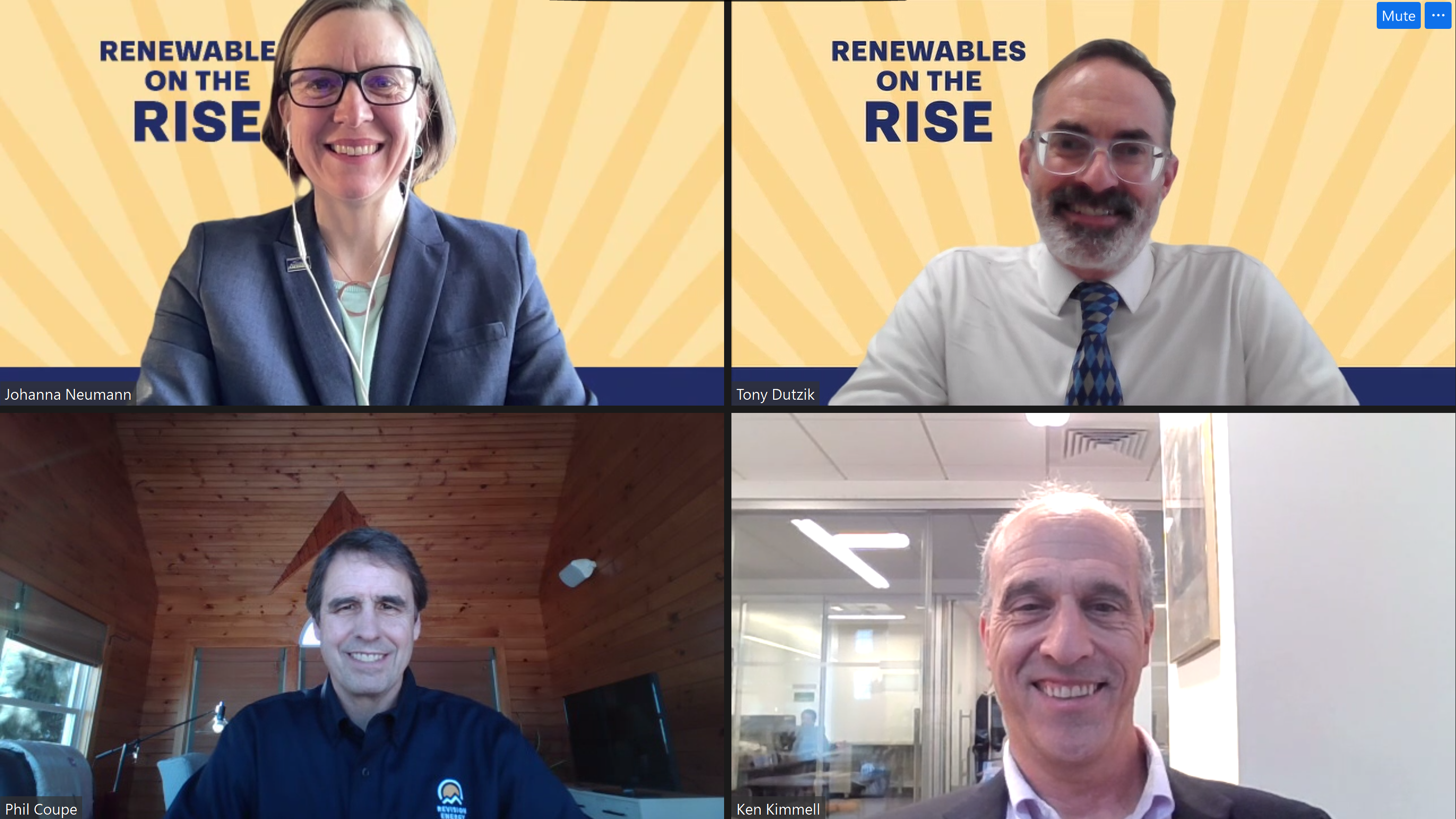
Key takeaways from Renewables on the Rise: Success Stories
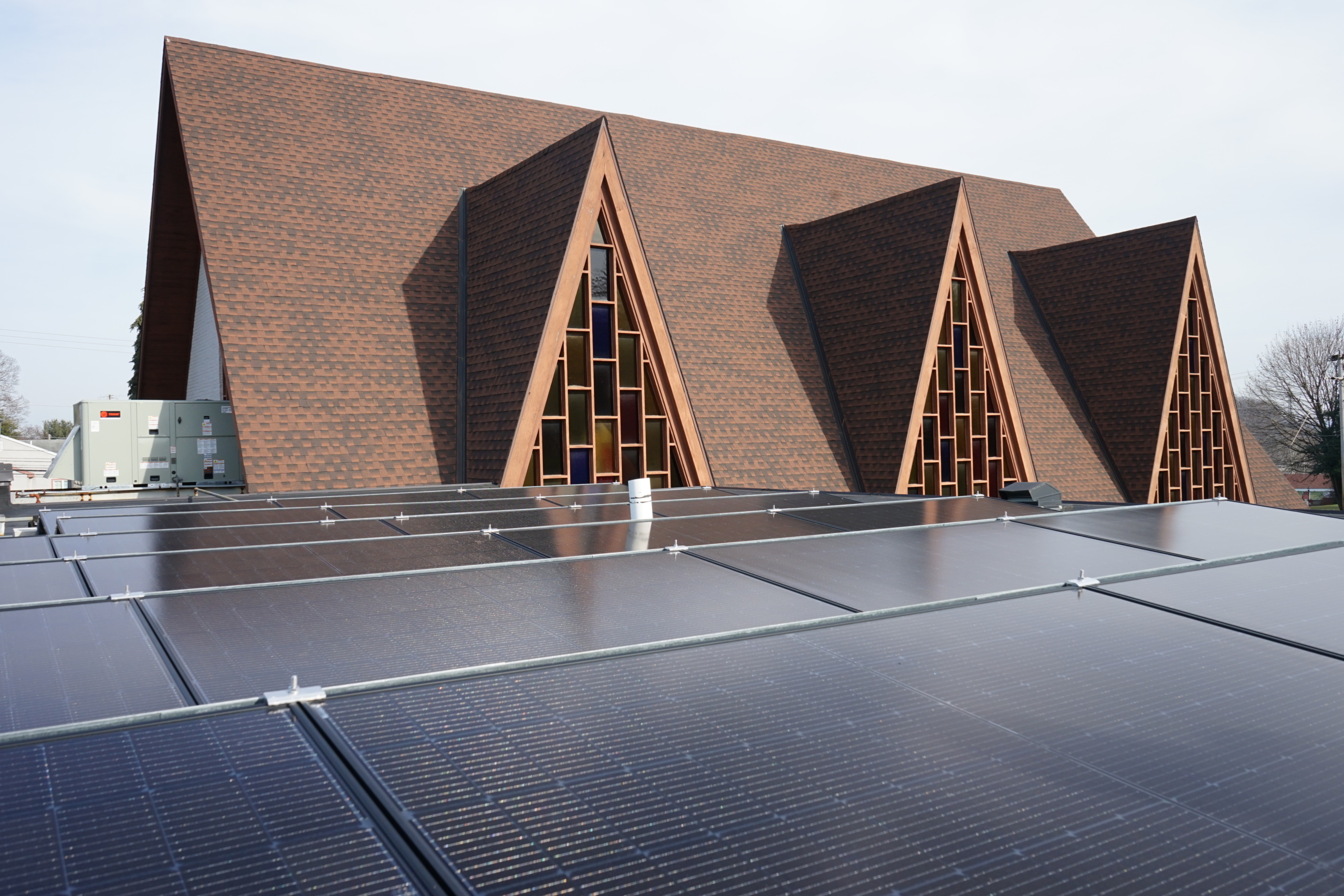
Navigating Inflation Reduction Act Benefits as a Non-Profit
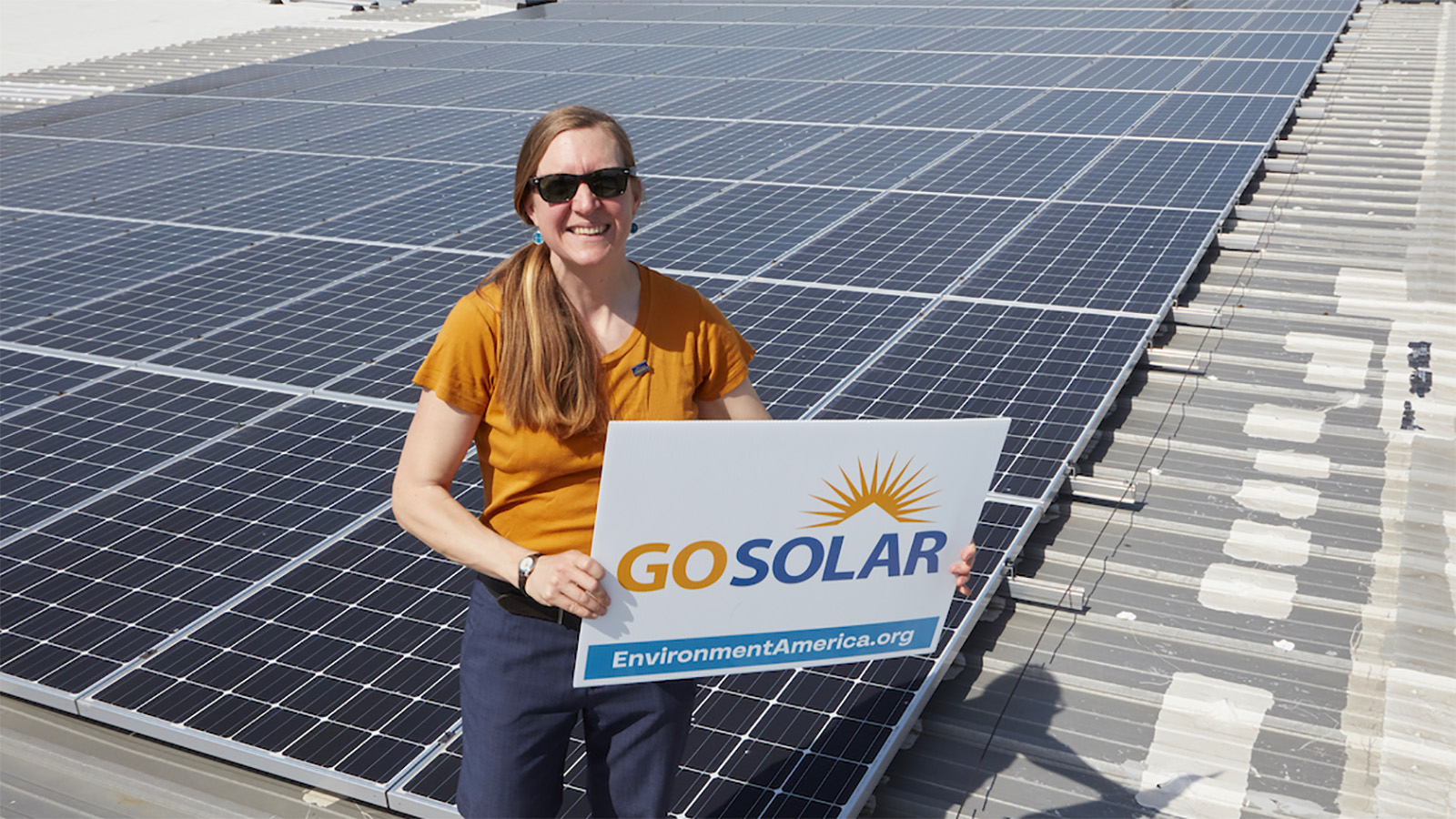
IKEA is going solar
